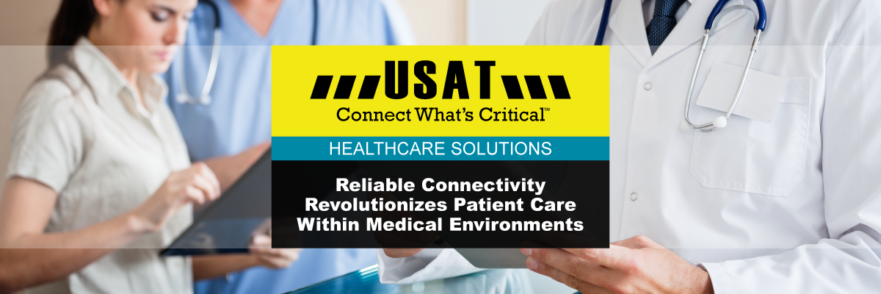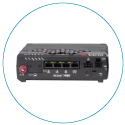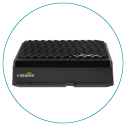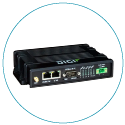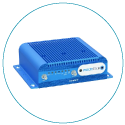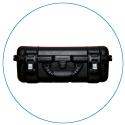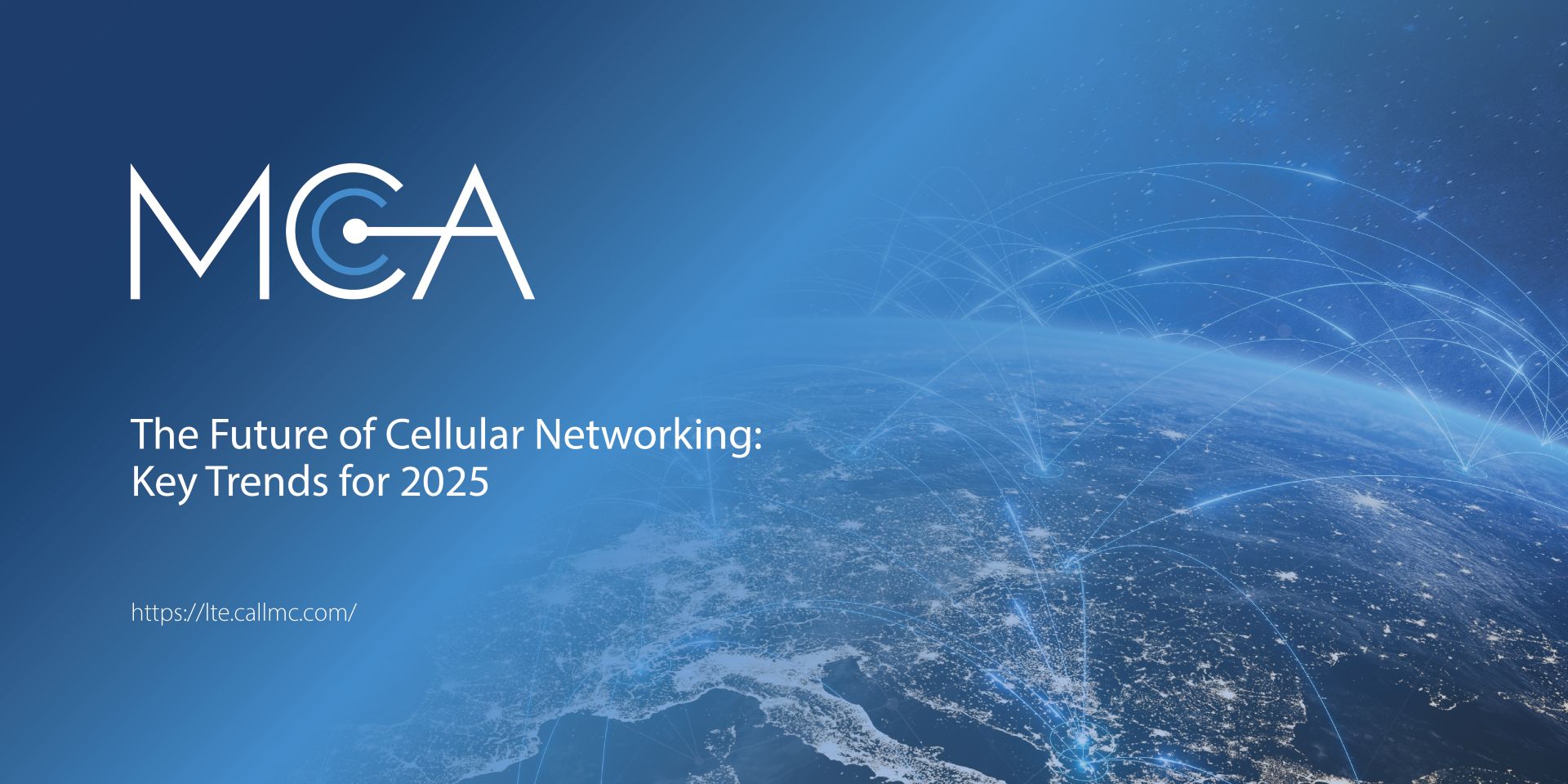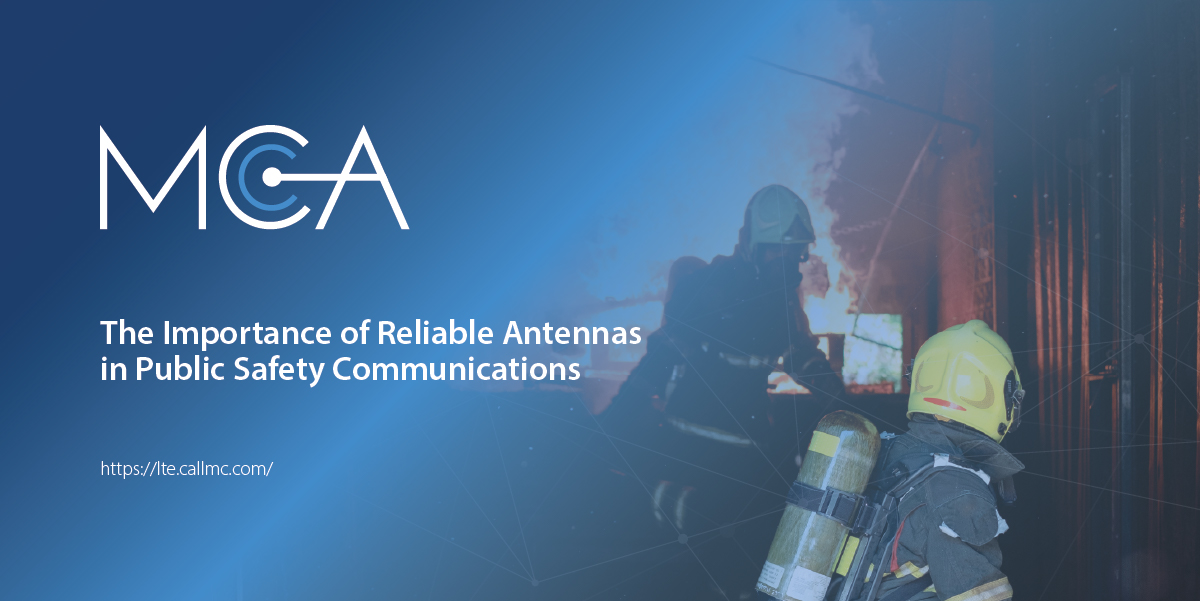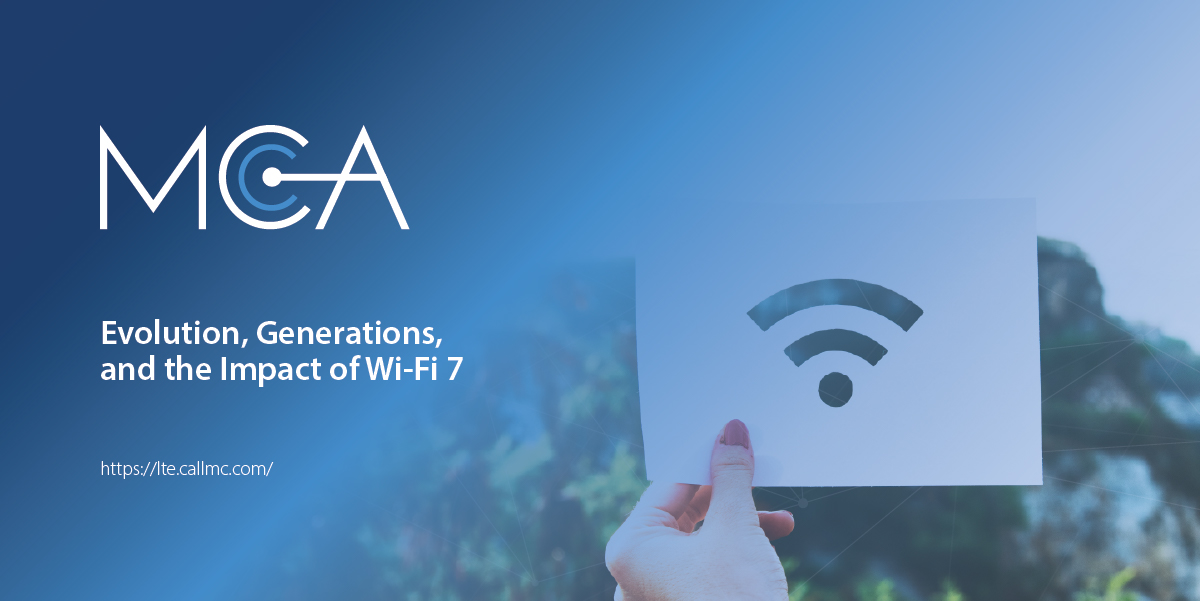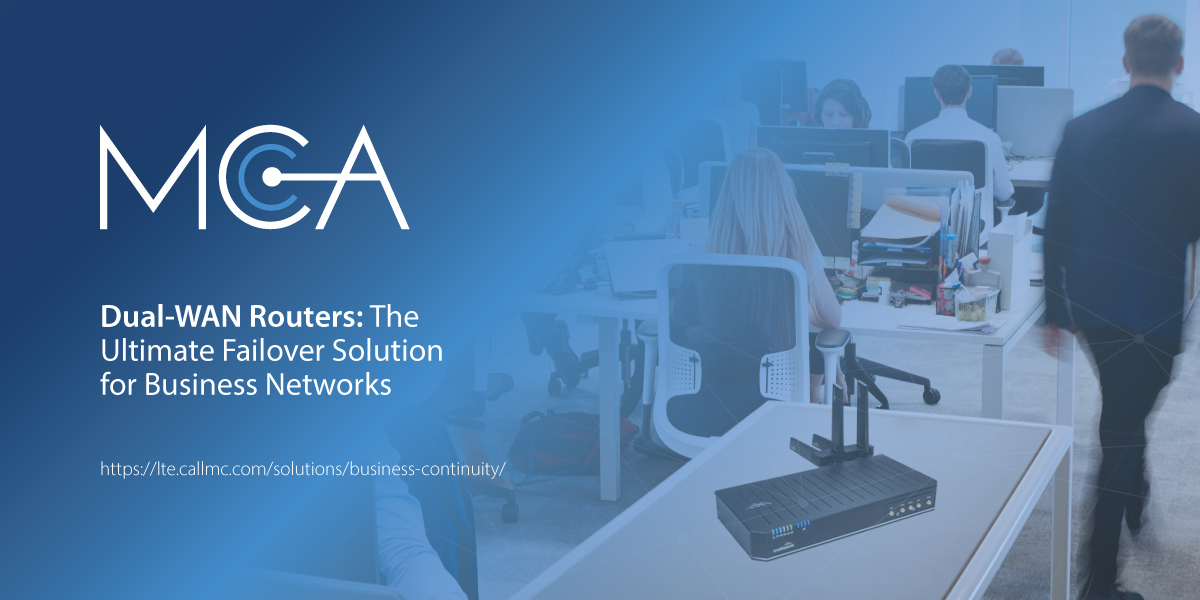Wireless Failover in Healthcare Saves Time, Money, and Lives
With technologies rapidly improving and organizations responsible for saving lives and improving patient satisfaction in healthcare, network downtime can be disastrous. Reliable connectivity is more important in healthcare than ever before.
Clinical-grade environments are 24/7. More and more healthcare organizations are leveraging cloud-based applications, electronic healthcare records (EHRs), clinical applications, health information exchanges, and HR applications. Failover solutions let clinics and doctors' offices focus on their core mission of improving patient outcomes and the quality of patient care.
TABLE OF CONTENTS
Wireless Failover in Healthcare Saves Time, Money, and Lives
Saving Time
Saving Money
Saving Lives
Connectivity and Software-Defined Networking are Revolutionizing Healthcare
Electronic Health Records (EHR)
Healthcare Networking Connectivity
The Internet of Healthcare Things (IoHT)
Healthcare Security
Telehealth
Mobile Healthcare
Medical Kiosks
Waiting Room Kiosks
Specialized Kiosks
Diagnostic Kiosks
Points Medical Providers Should Consider When Contemplating the Internet of Healthcare Things (IoHT) Applications
Secure Threat Management Protects Patient Information
Make Networks Parallel To Keep Them Secure
When Speed and Flexibility Are A Must
Try Doing IoHT Without Centralized Management
Reliable Connectivity Means Reliable Patient Care
Bringing the Entire Healthcare Delivery System Forward
Saving Time
Time is crucial in healthcare environments — especially in life-threatening situations. Delayed service can cost lives, which is why reliable connectivity is required. For example, emergency departments rely on ambulatory connectivity to inform the medical staff when a patient arrives and enable doctors to provide treatment before the patient arrives at the facility.
On a systemic level, healthcare organizations that deal with connection disruptions often lose valuable staff and patient time. When a network goes down, IT professionals must spend time reestablishing connectivity, while practitioners are forced to treat patients without many of the resources to which they're accustomed.
Creative Solutions in Healthcare, a Texas-based provider of skilled nursing facilities, was facing multiple connectivity outages each week, mostly due to severe weather. The time needed to fix such outages and to switch to back-up systems often involves relying on paper-based processes and recording of medical information, resulting in lower morale among staff, disrupted business continuity, and frustrated patients and caregivers.
Wireless failover solutions now enable the organization to run seamlessly during an outage without compromising valuable staff or patient-treatment time.
Saving Money
Failover solutions also help healthcare organizations save money — in multiple ways. Ground-level expenses, such as the high costs of paper-based processes, can be drastically reduced. Similarly, offices and institutions can save money through better retention of employees, improved staff morale, a better quality of care, and high patient satisfaction scores.
When examining the cost savings potential of failover in healthcare, there are two levels of cost to consider. The first is the cost of an outage itself and the resulting impact. The second is the total cost of running a facility and how that can be reduced through a failover solution.
Many healthcare organizations are implementing cloud-based VoIP solutions for phone service. Having the right failover solution can help eliminate network outages and enable Out-Of-Band Management capabilities to help troubleshoot other on-premises equipment. This can result in the elimination of POTS lines and significant cost savings.
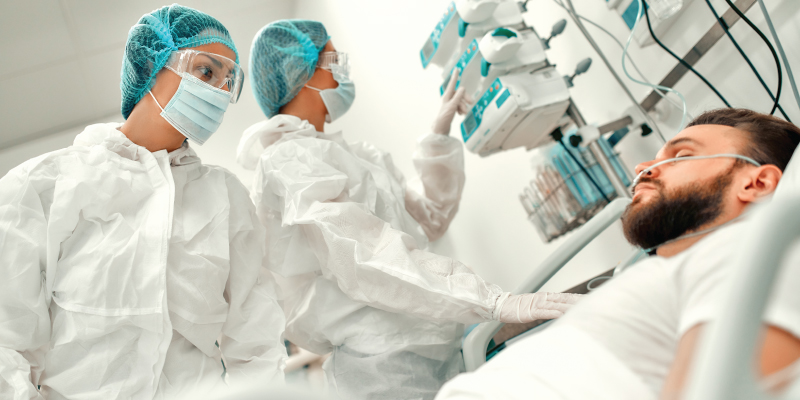
Saving Lives
Of course, the ultimate goal in healthcare is to improve patient care and save lives. When systems run efficiently, providers can focus more on patients and the quality of treatment they provide. How effective practitioners are, how many patients they can see, and their reputations as healthcare providers depend on how smoothly and reliably their systems run.
In particular, having health information available electronically directly benefits patients. A national survey of physicians reported, "75% of providers report that their electronic health records (EHRs) allow them to deliver better patient care." When practitioners and providers switch to paper records because of a network outage, the quality of care suffers and patients feel the impact.
Failover solutions do more than empower healthcare organizations and practitioners to save time, money, and lives; they also position those in the healthcare industry to be adaptable and agile as healthcare technology, regulations, and requirements change.
Healthcare is a highly dynamic environment. Many more applications and services are moving to the cloud; systems have to be connected 24/7, and everything has to be secure. Having the right failover solution, along with cloud-based management, allows the flexibility to deploy new solutions quickly and securely, while being supported by a small staff.
Connectivity and Software-Defined Networking are Revolutionizing Healthcare
Advancements in technology and connectivity are simultaneously improving the quality and efficiency of healthcare. One of the most powerful factors in the rapid evolution of healthcare IT has been the development of 4G LTE and 5G networking.
Reliable wireless connectivity enables thousands of new technologies and applications to help medical care providers "Cut-the-Wire" and provide care far beyond hospital walls. From kiosks and the Internet of Healthcare Things (IoHT) to Telehealth, mobile clinics, and electronic medical records, connectivity is revolutionizing how people tend to their health and well-being.

Electronic Health Records (EHR)
In contrast to the old-fashioned paper records that a doctor keeps in their office, electronic health records (EHRs) can be used to personalize care regardless of where a patient is receiving treatment. Mobility solutions allow providers to have a secure method of connecting a mobile healthcare worker back to a patient's EHR during a home visit, a mobile clinic appointment, or even an emergency ambulance transport.
The healthcare industry's widespread move toward electronic health records has streamlined various processes and made access to a patient's medical history practically instant— from anywhere.
Remote access to EHRs has been particularly useful in emergency care. As soon as first responders know a patient's name, they can gain access to a wealth of medical status information and begin treating the patient accordingly.
Patients directly benefit from EHRs. They are subjected to fewer redundant questions from multiple practitioners during sign-in and follow-up processes. In turn, practitioners can spend a more significant percentage of their time providing care.
Of course, security is a significant factor regarding EHRs and one of the main concerns for network administrators at healthcare facilities. Should a data breach result in patients' personal, medical, or financial data being stolen, the resulting fallout could harm patients and subject the provider to fines for failure to comply with Health Insurance Portability and Accountability Act (HIPAA) or Payment Card Industry (PCI) guidelines.
Cradlepoint's 4G LTE and 5G routers and cloud management solutions enable best-in-breed, cloud-based network security applications — that fully meet HIPAA and PCI regulations — to keep patients, hospital administrators and IT managers at ease.
"Our infrastructure is more secured now because of how Cradlepoint has enabled us to configure, monitor, and manage the network," said Shawn Wiora, CIO and CISO for Creative Solutions in Healthcare. "We've made tremendous progress in achieving a much higher awareness of the network. If someone were to try to attack our facilities, we'd know it immediately and have solutions in place to thwart the attack."
Healthcare Networking Connectivity
The Internet of Healthcare Things (IoHT)
As the Internet of Healthcare Things (IoHT) becomes more present in people's daily lives, the medical benefits of connected devices become increasingly apparent. Wireless technologies and medical devices within the Internet of Healthcare Things (IoHT) have transformed how medical care is delivered. For instance, a new generation of intelligent heart rate monitors, blood pressure cuffs, glucometers, asthma inhalers, and thermometers no longer must be connected with wires.
While these devices can store information about a patient's health, they need connectivity to transmit their data to medical providers. They also may require a reliable external modem to connect consistently and dependably to the Internet or cloud-based software.
Patients with a pacemaker, for example, can simply step near the monitoring station with an attached in-home router each day in order for the pacemaker to transmit information to a cardiologist's office. Unreliable, inconsistent connectivity interrupts the transmission of this data and hinders practitioners' ability to apply the most recent data to personalized treatment plans. Routers with 4G LTE and 5G connectivity empower patients to automatically give medical professionals real-time, reliable data about health and progress — all without an office visit.
As healthcare costs rise, providing proactive health management services allows companies — and self-insured companies in particular — to manage costs better and promote a healthier workforce focused on wellness.
These innovative hardware and software solutions, including those that use a company's pre-existing infrastructure, can't function without secure connections to cloud-based solutions.
These days, patients can send providers essential personal health information from the waiting room, at home, or even as they travel. For those with more severe medical conditions, healthcare professionals can remotely monitor patients' vital signs via connected, wearable body sensors.
Real-time data improves the ability of providers to quickly and accurately administer treatment based on up-to-date information. In other words, it helps achieve better health outcomes.
One of the most significant challenges physicians face is ensuring patients take medicine when and how it was prescribed. New wireless IoHT technology embedded in pill bottles enables doctors to remotely track whether a patient has taken their medicine.
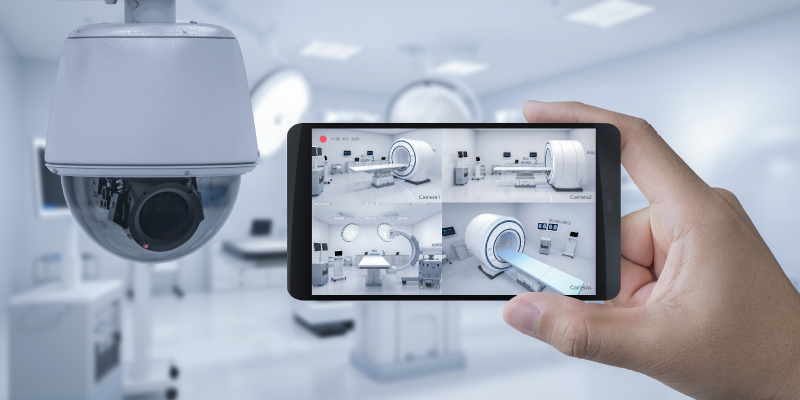
Healthcare Security
As with any field involving sensitive data, security threats are ever present in healthcare technology. Fortunately, security is always at the forefront of healthcare IT, as maintaining a highly secured network is critical for patient responsibility, quality of care, and legal compliance. Companies can provide a secure methodology for connecting a patient with a mobile healthcare provider without compromising the instantaneous nature of updating EHRs or video conferencing on a closed network.
With LTE technologies and cloud-based networking, a traveling healthcare worker can have a fully self-contained and secure package that consists of a laptop, battery, and mobile connectivity device. The patient information the provider collects is protected, as records are updated through the cloud directly into the hospital system using an encrypted, password-protected EHR application and an encrypted link between the laptop and the hospital system. The security breach threat level is drastically reduced in this scenario. If a mobile practitioner's laptop is ever stolen or lost, no Electronic Health Records are ever stored on the laptop.
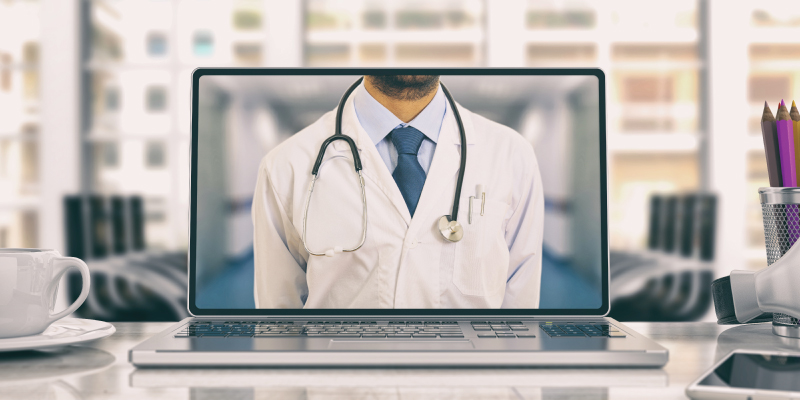
Telehealth
The rise in healthcare costs has reduced the number of physicians and medical staff available to treat patients. Emerging trends in Telehealth seek to correct this imbalance through wireless networks to connect providers with one another from remote locations.
Modern-day healthcare professionals can use video conferencing to bridge the gap between rural and urban offices. A family medicine physician in a small town can consult with specialists in a large city much easier than before. This practice can save the life of a rurally located patient who needs highly specialized care.
With systems now in place to remotely share electronic medical records, review scans or X-rays, and discuss treatment options in real time, doctors can save substantial time and money—which is vital for everyone.
The Center for Connected Health Policy notes, "Telehealth is not a specific service, but a collection of means to enhance care and education delivery." There can be many reasons why patients utilize telehealth options — financial, medical, geographic, or even convenience — yet the connectivity behind Telehealth systems provides the backbone for bringing the best possible care to patients, wherever they are.
At Children's Mercy Hospital in Kansas City, for example, Telehealth allows pediatric specialists to treat children who cannot travel to the hospital. When the hospital initially tried consumer-grade connectivity solutions, the staff experienced slow speed, poor video quality, and frequently dropped calls — all of which are simply unworkable in a healthcare environment.
With Cradlepoint's mobile broadband platform, however, the hospital's remote patients can now receive the same high-quality care as patients who are able to visit the hospital in person. The hospital can seamlessly connect patients, practitioners, devices, and services in a secure, real-time environment. A child whose health is at risk when she is moved from her home can now see and speak with her doctor via video chat; the doctor can update and monitor the child's real-time electronic health records while receiving information from connected devices about the child's particular health metrics before, during, and after the appointment.

Mobile Healthcare
One of the most transformative improvements in healthcare technology has been in-vehicle connectivity. Emergency medical personnel now send triage information and patient histories ahead to the emergency room from the road.
While the patient is en route to hospitals while inside connected EMS vehicles, ER staff can monitor vital signs, review photos or videos that might help diagnose the patient, check the person's prescription drug history, and dictate treatment instructions to paramedics.
In-vehicle 4G LTE connectivity allows patients at mobile and pop-up clinics to receive highly advanced healthcare services without setting foot in a traditional doctor's office. Also, with mobile routers small enough to fit in a carry-on, in-home and mobile caretakers enjoy a secure, reliable Internet connection for accessing reference materials, email, and patient medical and prescription histories.
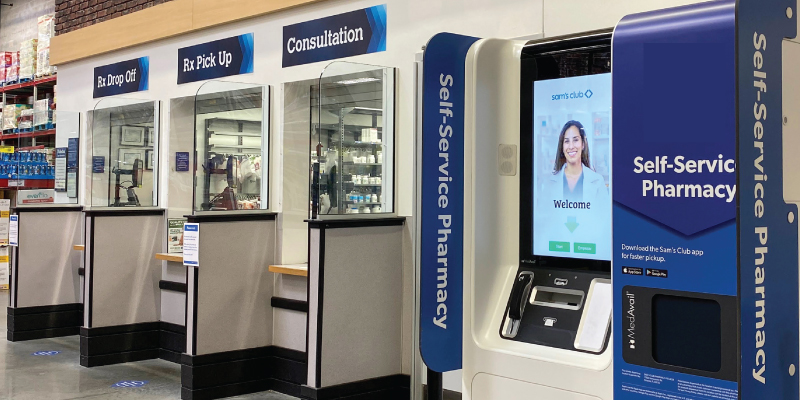
Medical Kiosks
Waiting Room Kiosks
Reliable wireless connectivity allows providers to place patient kiosks in waiting rooms to streamline simple data entry and create a more personalized patient experience. At kiosks, patients can:
- Set appointments and check-in
- Complete forms and questionnaires
- Scan driver licenses and insurance cards
- View account balances and pay for services
- Review medical information
- Learn more about specific medical conditions and how to care for them
- Use interactive maps to navigate the building or campus
Specialized Kiosks
Some kiosks are used to increase awareness and seek candidates for medical donations. Often set up in retail outlets, office complexes, and other high-traffic areas, these kiosks allow potential organ, blood, and bone marrow donors to answer screening questions and watch videos about the process.
Potential donors can also see profiles and photos of patients needing donations, and they can sign up to receive a donor-testing kit in the mail.
Diagnostic Kiosks
Diagnostic kiosks have been around for decades. For example, blood pressure stations in pharmacies and grocery stores are used by an estimated 70 million people each year.
Today, the potential for diagnostic kiosks to improve patient care and operational efficiencies is rapidly growing. 4G LTE and 5G are helping usher in an era of kiosks with Machine-to-Machine (M2M) functionality to help providers do more than remotely collect data from patients.
Today's "clinic-in-a-store" kiosks can connect patients to physicians in real-time. A patient may use a kiosk to conduct and transmit a retinal scan to an ophthalmologist, who can diagnose ocular disorders based on the findings.
Some kiosks serve as virtual offices where onsite healthcare professionals can conduct diagnostic appointments between remote physicians and patients. These kiosks also are capable of:
- Updating patient health records on the spot
- Gauging vital signs and informing patients whether they should seek further medical advice.
- Administering diagnostic tests and then saving the results for patients to review and track online from their home
Points Medical Providers Should Consider When Contemplating the Internet of Healthcare Things (IoHT) Applications
IoHT ChallengesThe Internet of Healthcare Things is transforming the way medical providers promote healthy lifestyles to the well and diagnose and treat the sick. The benefits of IoHT include a reduction in the cost of care (and thus the potential to slow down the rate of medical premium increases), a healthier general population, better outcomes for the sick, and the ability of older people to receive care in their homes instead of at the hospital.
As we mentioned in the previous healthcare blogs: Expanding and Implementing Mobile Healthcare and M2M and Internet of Healthcare Things, delivering care over the Internet is challenging because of the government's HIPAA regulations to protect patient confidentiality. With so much sensitive information being transmitted, provider organizations need to ensure that the networks that share this information are very secure.
Secure Threat Management Protects Patient Information
The standard for Cradlepoint Secure Threat Management for network connectivity is what Gartner refers to as Ultimate Threat Management.
UTM consists of:
- Stateful firewalls
- VPN and network segmentation
- Network intrusion detection and protection systems
- Secure web gateway, including content filtering and web security
- As Gartner notes, "vendors in this quadrant lead the market in offering new safeguarding features and in enabling customers to deploy them inexpensively without significantly affecting the end-user experience or increasing staffing burdens."
Thanks to our partnerships with best-in-breed security applications, Cradlepoint is able to affordably offer 4G LTE connectivity with cloud-delivered UTM applications. Through our partnership with Zscaler, our clients receive scalable, agile, and up-to-the-minute web security. Our work with TrendMicro means that Cradlepoint Enterprise Cloud Manager can use TrendMicro's industry-leading DPI (deep packet inspection) system to deploy our CP Secure Threat Management instantly.
CP Secure Threat Management enables healthcare organizations to mitigate dangerous and potentially costly patient data breaches—personal, financial, and medical. These breaches can both damage a provider's brand and lead to HIPAA violation fines.
Make Networks Parallel To Keep Them Secure
Above and beyond its network intrusion and web security services, Cradlepoint also enables providers to create Parallel Networks. If, for example, you have placed check-in kiosks in the lobby of your hospital, you want to avoid having patient data and POS services on the same network you use to manage printers, imaging machines, security cameras, or HVAC. Hackers are very good at accessing a network via these unintelligent devices and then pivoting to more sensitive credit card and personal data areas.
To prevent this pivoting, many Cradlepoint healthcare clients create Parallel Networks by installing multiple routing devices in one facility. Each device creates a network that is "air-gapped" or physically separated from the other networks so that hackers cannot breach key systems.
When Speed and Flexibility Are A Must
Try Doing IoHT Without Centralized Management
Reliable Connectivity Means Reliable Patient Care
There is a huge convenience factor associated with 99.99% uptime. If a patient is filling out a form, they don't have to start all over again once the network is back up. But in terms of the delivery of healthcare using the IoHT, network outage can be more than an inconvenience: it can bring care delivery to a halt. Prescriptions can't be dispensed, patient logs can't be accessed, and critical care can't be delivered. IT departments need business continuity plans to support their internal customers, the healthcare workers, who often deliver care in stressful situations.
Many healthcare organizations operate intelligent systems that rely on connectivity as a core function. If the network goes down, these systems can cease functioning and stall operations across an institution. That's why many use Cradlepoint as a failover solution for business continuity. When the backhoe digs up the hardwire or the primary router fails, Cradlepoint devices immediately sense the loss and 'failover' to the wireless solution.
Bringing the Entire Healthcare Delivery System Forward
About USAT
For over 25 years, USAT has provided mobile communications solutions for various retail applications across the USA. With our extensive catalog of world-class routers, gateways, and software designed for remote monitoring and management in even the harshest environments — you can count on us to get and keep you connected.
Better mobile connectivity translates to less manual equipment maintenance, reduced downtime, and an overall increase in your business's ROI. Contact the experts at USAT to learn how our wireless networking solutions can help meet your organization's exacting needs.
Share this Post
